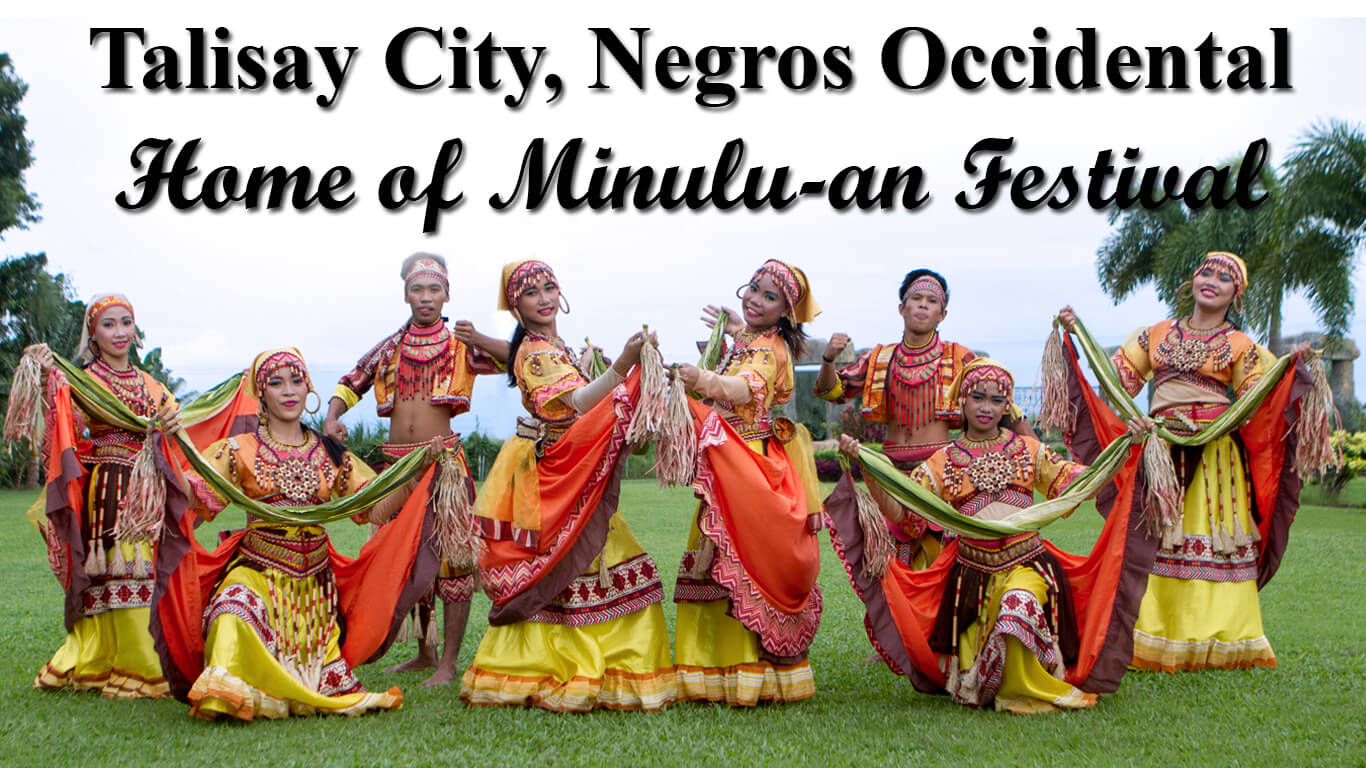
Welcome to Talisay City, Negros Occidental
The City of Talisay is a fourth class city in the province of Negros Occidental, Philippines. According to the 2015 census, it has a total population of 102,214 people. It is part of the metropolitan area called Metro Bacolod, which includes its neighbors Silay to the north and Bacolod to the south. It has a total land area of 20,118 hectares (49,710 acres).
102,214
Population (PSA,2015) Source PSA
5.31
Population Density (persons/hectare)
0.89%
Annual Growth Rate, Source PSA
23,107
Number of Households, Source PSA, 2015
71,999
Labor Force- 15 and over population
20,118
Total Land Area (in Hectares) Source: CPDO-CLUP 2010-2020
General Land Use of Talisay City
Negros Occidental
How to Get There
Demographic Information
Based on 2007 census of National Statistics Office, the population of City is 96,444. It gives the City an average of 7.15 persons per hectare. In 2000, NSO data shows that there are 18,307 households in the whole City. Hiligaynon (or Ilonggo) is the spoken language in the City although English and Filipino are also spoken and understood.
Location
The City is geographically located between the cities of Silay and Bacolod. Around seven kilometers away from the Provincial Capitol, it lies 122º 62’ longitude and 10º 44’ 65” latitude and its reference point is the new city hall.
As the first city going north of Bacolod, Talisay City can be reached in 10-15 minutes by private car and about the same time by public utility vehicles.
Physical Characteristics
Talisay City has a total land area of 20,118 hectares or 201.18 sq. km. Among its 27 barangays, Brgy. San Fernando is the biggest barangay with its total land area of 4,240 hectares. The smallest barangays are Brgy. Zone 8 and Brgy. Zone 9 having total land area of only 3 hectares.
The topography of the City ranges from generally flat terrain to moderately sloping with mountainous areas located at Brgy. Katilingban, Brgy. San Fernando and Brgy. Cabatangan.
The soil in the City is primarily composed of fine sandy loam with a small portion of Guimbala-on clay.
There are two pronounced seasons in the City: wet season from June to December and dry season from January to May.
Land Classification
Of the City’s total land area of 20,118 hectares, the agricultural land comprises the biggest part with 12,092.55 hectares or 60.11% of the total land area. Forest land covers 6,628 hectares or 32.95% of the total land area. The remaining 1,397.45 hectares or 6.95% of the total land area are built-up areas, which is composed of industrial (209.46 has or 1.04%), commercial (214.67 has or 1.07%), residential (919.49 has or 4.57%) and institutional (53.83 ha or 0.27%) areas.

